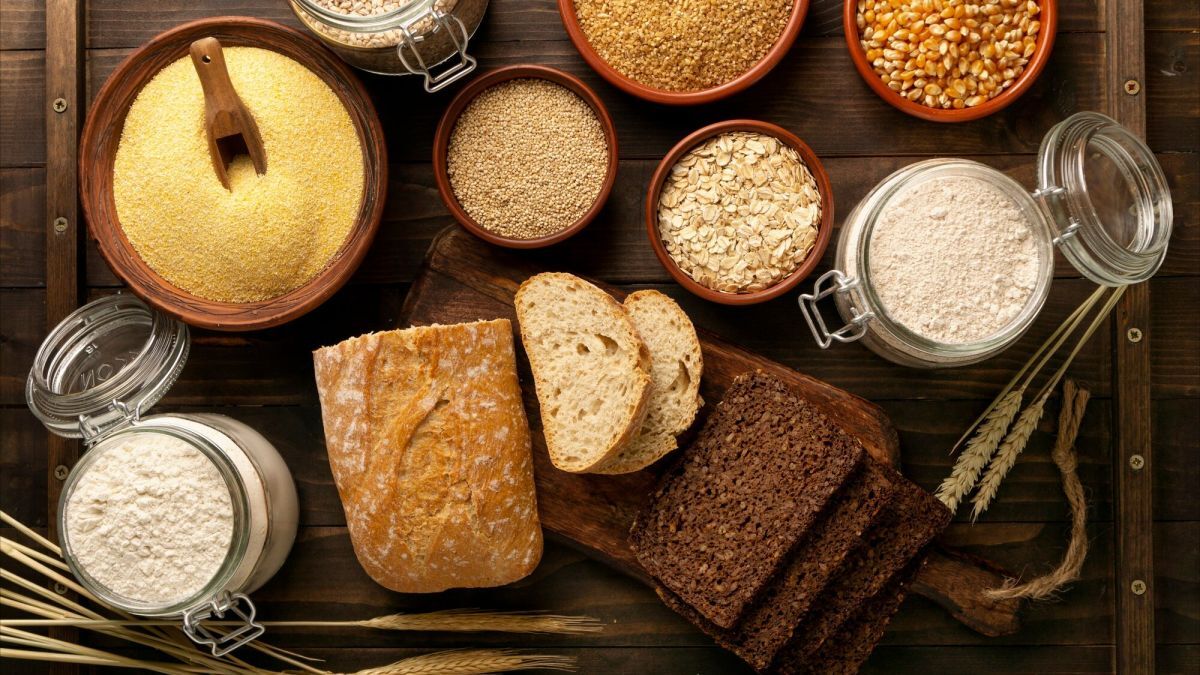Those who cook without wheat are using these gluten-free flours. Check them out!

If you're looking for a gluten-free diet, either out of necessity or choice, you've probably come across the question: which flour to use instead of wheat flour?
The good news is that there are several natural, nutritious and functional options. The bad news is that they behave differently in recipes. That's why understanding the characteristics of each gluten-free flour is the first step to getting it right.
What to consider when choosing flour:
- Type of recipe: sweet, savory, bread, cakes, pasta, breaded?
- Desired texture: lighter and aerated or firm and moist?
- Combination with other flours: generally the ideal is to mix 2 or 3 flours to balance structure and flavor.
- Individual tolerance and nutritional value
The most commonly used gluten-free flours and their characteristics:
1. Rice flour
- Taste: neutral
- Texture: fine, dry
- Ideal for: cakes, breads, pancakes and breading
- Tip: Use combined with starch or gum to give elasticity
2. Sweet or sour starch
- Flavor: sour has a slightly acidic taste
- Texture: elastic (great for cheese breads and light pasta)
- Ideal for: bread, cookies, typical Brazilian recipes
- Tip: Adds lightness and elasticity when combined with dry flours
3. Almond flour
- Flavor: slightly sweet
- Texture: moist and soft
- Ideal for: cakes, muffins, pies, brownies
- Tip: Rich in good fats and often used in low carb recipes
4. Potato starch
- Taste: neutral
- Texture: light and expansive
- Ideal for: bread and cake mixes, to give lightness
- Tip: Excellent for making doughs fluffier
5. Chickpea flour
- Flavor: more marked and earthy
- Texture: dense
- Ideal for: savory pies, pancakes, vegan kibbeh
- Tip: Use sparingly in sweet recipes
6. Oat flour (certified gluten-free)
- Flavor: mild
- Texture: good for binding
- Ideal for: cakes, pancakes, cookies and even porridge
- Tip: Check that it is labeled "gluten-free", as there may be cross-contamination
7. Gluten-free flour mix (industrialized)
- Flavor/texture: balanced, made to replace wheat flour 1:1
- Ideal for: those looking for practicality
- Tip: Check the ingredients! The best ones are free of additives and based on natural flours
Ideal combinations (to replace 1 cup of wheat flour)
A homemade mix base could be
- 1/2 cup rice flour
- 1/4 cup potato starch
- 1/4 cup sweet starch
- 1 teaspoon xanthan gum or psyllium (optional, for binding)
Make a strategic choice
There is no "one" best gluten-free flour: the key is to know the profile of each one and combine them according to the purpose of the recipe. Over time, you'll understand which combinations work best for fluffy cakes, soft breads or crunchy pastries, and the result will be much tastier and more nutritious.
Other articles that may interest you
 Mirella Mendoça
Mirella Mendoça
Comments